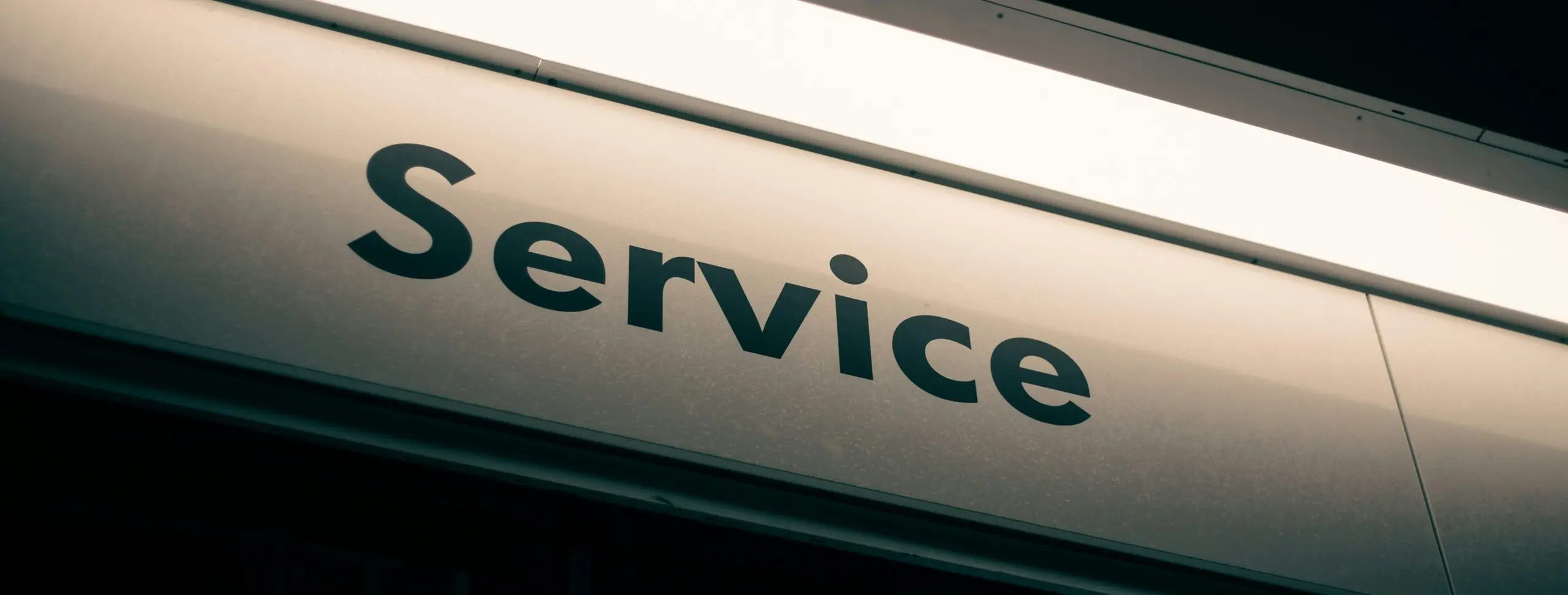
How Simple Services Became Complex Experiences
There was a time when getting a haircut was simple.
You’d walk in, sit down, get it done, pay, and leave. No booking apps, no mood lighting, no final touch, no selfies.
Just scissors, a mirror, and 30 minutes of your day.
Now? It’s a ritual.
You book at least three days ahead. You walk into a space that looks like a design magazine. It’s not “just a haircut” it’s a hair experience. And it usually ends with a photo (or five) for social media.
So, what happened?
More Control, More Mental Load
Let’s be fair this shift has its upsides.
You don’t wait in line anymore. You can plan ahead. You get reminders, flexibility, consistency. For the service provider, it’s efficient and predictable.
But there’s a trade-off.
You’re thinking about more things now: When can I go? Will I be late? What if I have to reschedule? Which place feels more “me”? Do I need to post about it?
Compare that to the old way: Feel the need → walk in → haircut → done.
No apps. No calendar blocks. No identity crisis.
So, are we actually “improving” things or just adding layers?
The thing is, this mental load doesn’t feel heavy in the moment.
Each individual decision seems small.
Download an app? Sure, takes 30 seconds.
Create an account? Fine, two minutes.
Choose your preferences? Easy enough.
But when you multiply this across every service you use:
The coffee shop app.
The gym membership portal.
The grocery store loyalty program.
The restaurant reservation system.
The parking app…
Suddenly you’re managing dozens of mini relationships with businesses that used to be anonymous interactions.
When Did Simple Things Get So Complicated?
Over time, services stopped being just about the result. They started being about the experience, the aesthetic, and the shareability.
Competition pushed businesses to stand out. Technology made every touchpoint more interactive. And social media rewarded the ones that looked good doing it.
Suddenly, everything had to feel like something more.
But does every simple thing in life really need to become an “experience”?
The Starbucks Effect
Remember when coffee was just coffee? You had regular or decaf. Maybe cream and sugar.
Then Starbucks came along and suddenly coffee had a vocabulary. Venti. Macchiato. Half-caf with oat milk and two pumps of vanilla.
Once people were willing to pay $5 for a “coffee experience,” every other business started wondering: What’s our version of this? How do we turn our basic service into something worth paying premium for?
Reviews
Once customer reviews became public, everything changed.
Businesses couldn’t just satisfy customers anymore.
They had to make customers happy enough to write positive reviews.
And disappointed enough with competitors to write negative ones.
But here’s the thing about reviews: People don’t review “fine” experiences.
They review exceptional ones (good or bad).
So businesses started optimizing for exceptional rather than consistent.
They started creating moments worth reviewing rather than just doing their job well.
investitors Influence
Here’s something most people don’t think about. A lot of these changes weren’t driven by customer demand. They were driven by investor expectations.
Investors don’t want businesses that just “do well.” They want businesses that can scale exponentially.
A traditional barbershop can’t scale. But a “men’s grooming experience” with an app, subscription products, and branded locations? That can become a franchise.
How many of these “improvements” were actually improvements for customers?
What We Might Be Losing
The old way was unpredictable. You got what you got. Sometimes it was great, sometimes it wasn’t. But you dealt with it and moved on.
You couldn’t control everything, so you didn’t try to. You just… rolled with it.
You also couldn’t research every decision to death. You made choices with incomplete information and moved on. There was less analysis paralysis because there were fewer options to analyze.
And maybe most importantly, you weren’t constantly performing your choices. A haircut was just a haircut, not a statement about your values or aesthetic sensibilities.
Think about what that actually meant.
It was just… maintenance. Like changing your oil or washing your dishes. Necessary, functional, unremarkable.
cycle is going to repeat itself
Every generation thinks they’ve figured out the right level of complexity. Then their kids prove them wrong.
Maybe in 10 years, you’ll book your haircut through AI that knows your schedule, your mood, your face shape, and your social media aesthetic. Maybe it’ll automatically adjust based on your recent purchases, your relationship status, or your upcoming events.
Maybe the salon will have already prepared a customized experience based on your biometric data and psychological profile.
And the kids who grow up with that will think our current system is charmingly simple. “Can you believe people used to just… pick a salon themselves? Without AI optimization? How stressful that must have been!”
They’ll look back at our “complicated” booking apps the same way we look back at walk-in barbershops. As a simpler time when things were more straightforward.
Because that’s how this works. Every generation’s baseline becomes the previous generation’s luxury. And every generation’s nightmare becomes their kids normal.
The question is: where does it end? Or does it?
Is there a point where we collectively say “this is enough complexity”? Or do we just keep adding layers until the next generation finds a way to add even more?
If this got you thinking, great. That’s the point.
Let me know how you see it.

